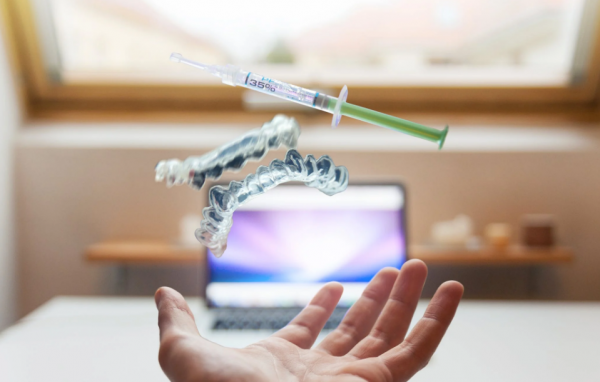Occupational First Aid (OFA) + AED1

Occupational
Occupational First Aid (OFA) + AED
Occupational First Aid Course
Occupational First Aid Course is a nationally certified course in accordance with the guidelines set by Ministry of Manpower (MOM) and National Resuscitation Council. The OFA course contains critical applications such as Medical Emergency Management, Treatment of various work site injuries, CPR skills and AED applications.
Simulated scenarios of first aid at work will be studied and analyzed in classes. Potential first aiders are expected to demonstrate and manage these situations according to the course instructions.
To renew the occupational first aid certificate, please see Occupational First Aid Refresher course. Other first aid courses include the Standard First Aid Course.
Occupational First Aid Certificate
OFAC – AED certification will be issued (Valid 2 years for single license)
Course Title
Occupational First Aid (OFA) + AED
Course Objectives
At Course Completion, participants will be able to:
- Manage Industrial Medical Incidence and Emergencies
- Acquire Practical Occupational First Aid Skills
- Knowledge on Occupational First Aid Skills and its Applications
Occupational First Aid Training
- Basic Principles and Practice of First-Aid
- First-aid Requirements Factories and Other Workplaces
- Basic Knowledge on Wounds, Bleeding & Shock
- Basic Knowledge on Fractures and Soft Tissue Injuries
- Handling and Transportation of the Injured
- Knowledge & Practical on Cardio-Pulmonary Resuscitation & AED (Automated External Defibrillator)
- Breathing Difficulties
- The Unconscious Patient
- Occupational Eye Injuries
- Understanding for Burn Injuries
- Industrial Toxicology
- Workplace Safety and Accident Prevention
- Management of Medical Emergencies
- Revision
- Written and Practical Examination
Target Audience
Hospitality, Tourism, Security, Building & Construction, Maritime, Oil & Gas, Chemical and Manufacturing Industries.
CLASS PRICING
$364.50 w/GST
http://www.coursewsq.com/

Head trauma
First aid certificate issued by Beijing Red Cross after first aid training
First aid certificate issued by Beijing Red Cross after first aid training
Objective: To observe the injured and send them to hospital for treatment.
1. If someone is unconscious, see “unconscious”.
If there is bleeding from a wound, see how to treat it.Hemostasis can be achieved by pressing the blood supply artery in the corresponding area.
If the case is serious, should send hospital management immediately.
In case of vomiting, put into resuscitation position.
Two, 48 hours after the head injury, if the following phenomenon, should be rushed to the hospital: –
A. Dizziness and vomiting;
B. Headache;
C, neck pain and stiffness;
D, confused, incoherent or partially out of control;
E, lethargy
shock
Objective: To verify and cure shock and send it to hospital for treatment.
Pale skin, cold sweat and rapid pulse, if more than 100 times per minute, are signs of shock.
One way to deal with shock is to elevate the victim’s feet to increase blood supply to the heart and brain.
Keep the injured warm.
4. Immediately notify the doctor or send to the emergency room for treatment.
fracture
Objective: To fix the injured limb to reduce pain;Get to the hospital as soon as possible.
Observation of fracture site :(1) unable to move normally, the pain will increase with the movement or touch, the wound swollen, followed by blood stasis for closed fracture.(2) Unable to move, visible broken bone end, an open fracture.
If you have symptoms of shock or respiratory obstruction, you should first deal with them.
3. The injured person should not be moved unless the situation poses a danger to life.
4. If there is a wound, use clean gauze or dressing to cover and bandage.
5. Fixation of broken bones: stabilize and support the upper and lower positions of the broken bones, fix the broken bones with wooden boards or bamboo poles, the length of which shall exceed the upper and lower joints, and then bind the injured limbs with bandages to bind the body.
Six, send hospital management immediately.
Flow nosebleed
Objective: To stop bleeding;Reduce blood reflux
Let the injured sit or stand, do not lie down, head slightly forward.
Advise him to breathe through his mouth and pinch the nasal cartilage with your hand.
Three, want him to vomit the blood in the export, because swallow blood may cause nausea, vomiting, etc.
If a large amount of bleeding, should be immediately sent to the hospital for treatment.
Five, such as small amount of bleeding, after ten minutes to relax the pressure, if still bleeding, pressure for another ten minutes.Don’t let the victim raise his head for a while.
If after 30 minutes, still do not stop bleeding, should be sent to the hospital for treatment.
